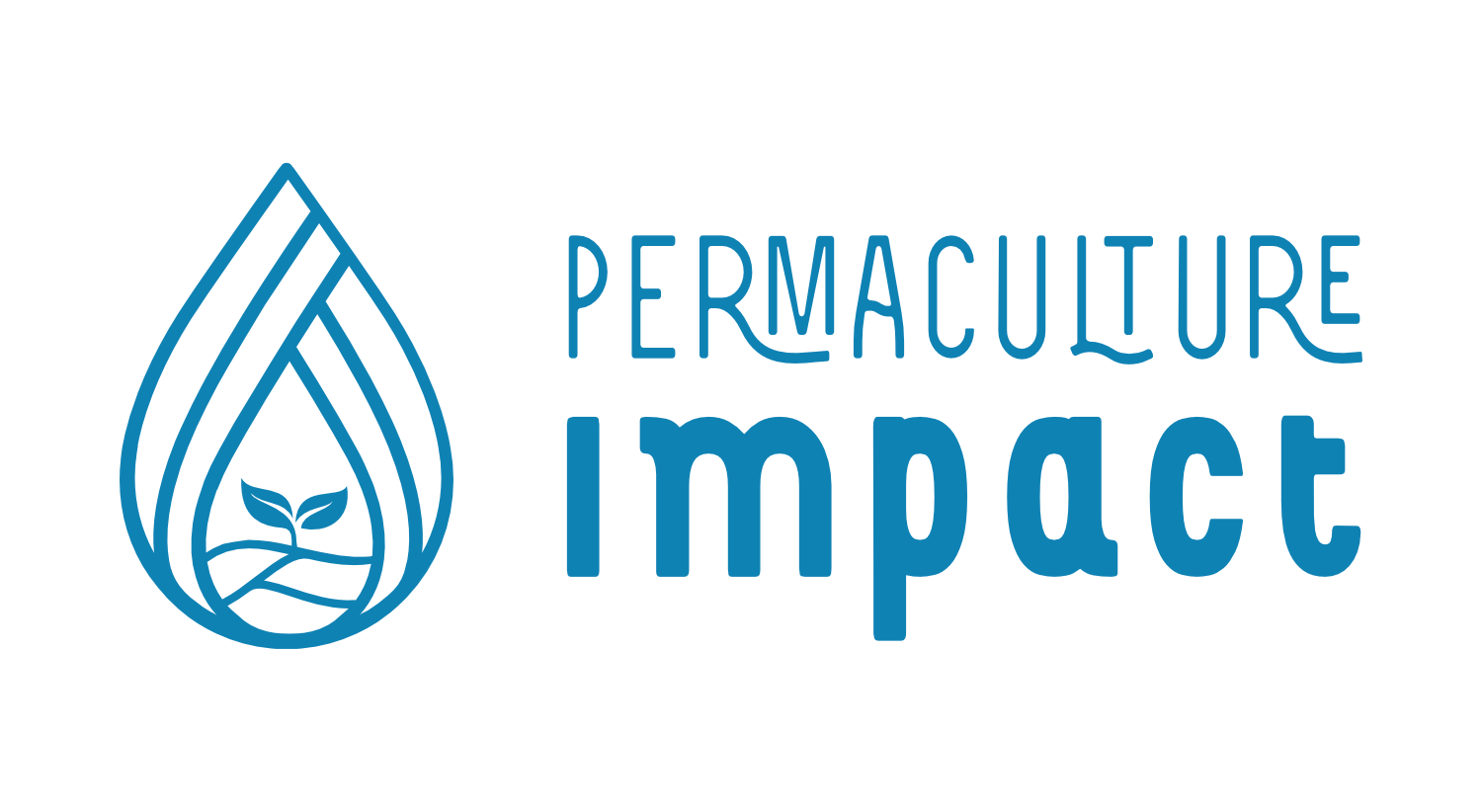Characteristics of Healthy Soils

- Good structure: A healthy soil has a crumbly texture with a good balance of air, water, and pore space. This allows water, nutrients, air, plant roots and microorganisms to move through it.
- Organic matter: Decomposing plant and animal material improves soil structure, water retention and nutrient cycling.
- Active soil (micro)biology: A healthy soil contains a diverse range of microorganisms, including bacteria, fungi, protozoa and nematodes. All of which play important roles in nutrient cycling, soil structure and plant health.
- Good water-holding capacity: A healthy soil can hold water, preventing it from running off the surface or being lost through deep percolation.
- Low levels of soil compaction: A compacted soil can restrict root growth and reduce water infiltration.
- Low levels of soil erosion: A healthy soil is not easily eroded by wind or water, which can lead to loss of topsoil and nutrients.
- Good soil pH: A pH range between 6.0 to 7.5 is ideal for plant growth.
- Balanced nutrient content: A healthy soil contains the right balance of nutrients essential for plant growth. These can include nitrogen, phosphorus, potassium, calcium, and magnesium.
